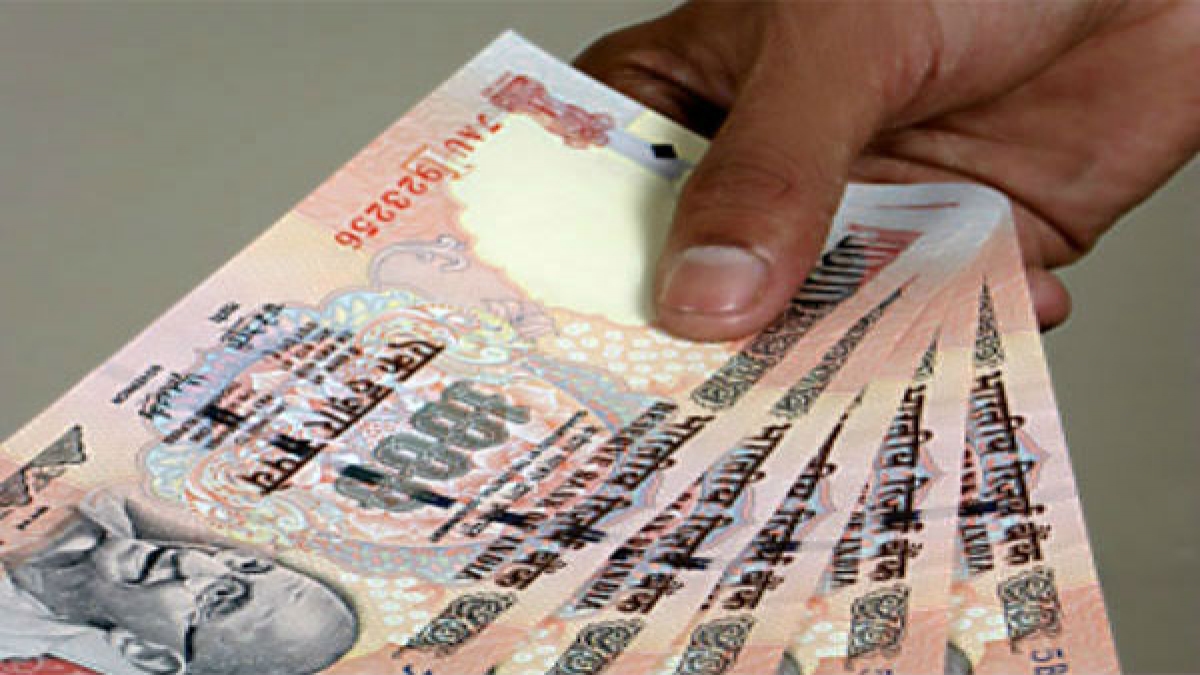India
oi-Vicky Nanjappa


Demonetisation led to the government promoting a cashless economy and this proved to be a boon during the lockdown as people were able to make digital payments from their homes
New Delhi, Jan 02: The Supreme Court today gave its stamp of approval on a 2016 decision of the government which had announced demonetisation. The court upheld the decision in which the government had said in November 2016 that the Rs 500 and Rs 1,000 notes would no longer be legal tender.
While the Opposition had criticised the decision by stating that the economy would suffer, the fact is that there were multiple benefits due to this decision. While Opposition parties continued to criticise the decision, the Narendra Modi government stood firm and ruled out rolling back the decision. Instead the government continued to promote cashless economy by way of digital payments and this ensured more transparency which also led to a check on black money.

Before demonetisation was announced, India was witnessing the menace of fake currency. Crores worth of fake currency were in circulation and the agencies were fining it hard to detect. The fake currency notes were largest in the Rs 1,000 denomination and by way of this decision that entire bulk was wiped out.
As per the data by the Reserve Bank of India, fewer counterfeit notes have been seized following the decision. The proceeds from counterfeit notes were only used to fund terror in the country. The RBI data says that 6.32 lakh counterfeit pieces were seized across the country. In the next four years a total of 18.87 lakh pieces of fake notes had been seized across the country.
 Govt’s 2016 decision on note ban, valid, does not suffer from legal flaws: Supreme Court
Govt’s 2016 decision on note ban, valid, does not suffer from legal flaws: Supreme Court
The decision also had a major impact on wiping out black money. Several lakhs of crores worth of black money too had been wiped out as part of the decision. More importantly the cash transactions dropped drastically due to the decision.
The fact that the people moved towards digital payments following the decision itself has put a lot of transparency in transactions. It is a fact that most who moved towards digital transactions have not returned to using cash depute the decision being taken six years back.
Demonetisation also made India lesser dependant on cash. At the end of 2015-16, Rs 16.41 lakh crore worth of notes were in circulation, registering a year on year growth of 14.51 per cent over 2014-15. At this rate of growth the circulation of notes would have increased to Rs 32.62 lakh crore by the end of 2021. However the increase was just Rs 28.26 lakh crore by the end of 2021.
When the government announced demonetisation, none had expected that COVID-19 would hit the world four years on. After COVID-19 hit, Prime Minister Narendra Modi announced a nation-wide lockdown from March 25 onwards. Only essential services were allowed during that period. The cashless economy that the government had promoted proved to be a blessing in disguise. People ordered essential items from their homes by making online or digital payments.
Had the government not promoted digital payments, people would have had a lot of trouble reaching the ATMs. Moreover there would have been people out on the streets and the very purpose of the lockdown would have been defeated and more people would have been affected.
Story first published: Monday, January 2, 2023, 12:24 [IST]
#demonetisation #helped #India #Oneindia #News
